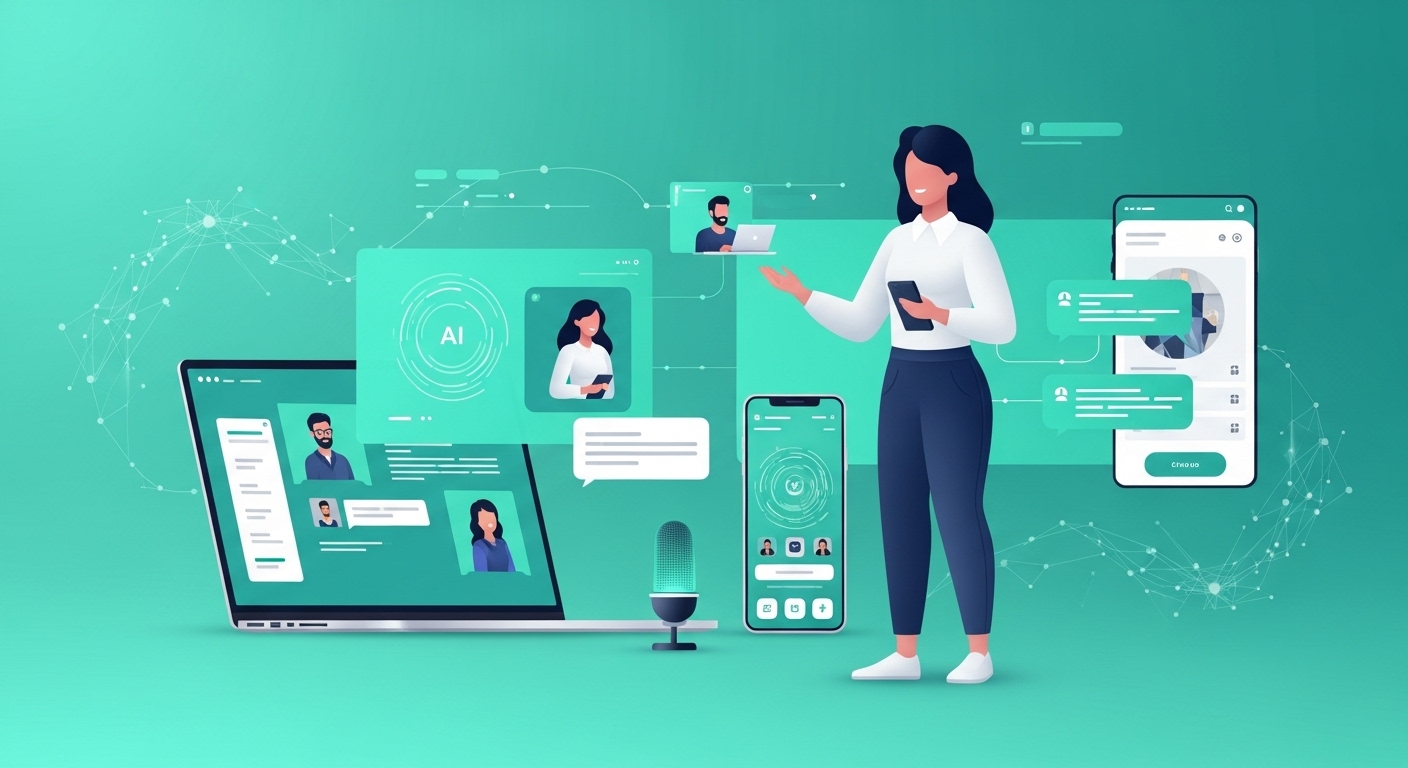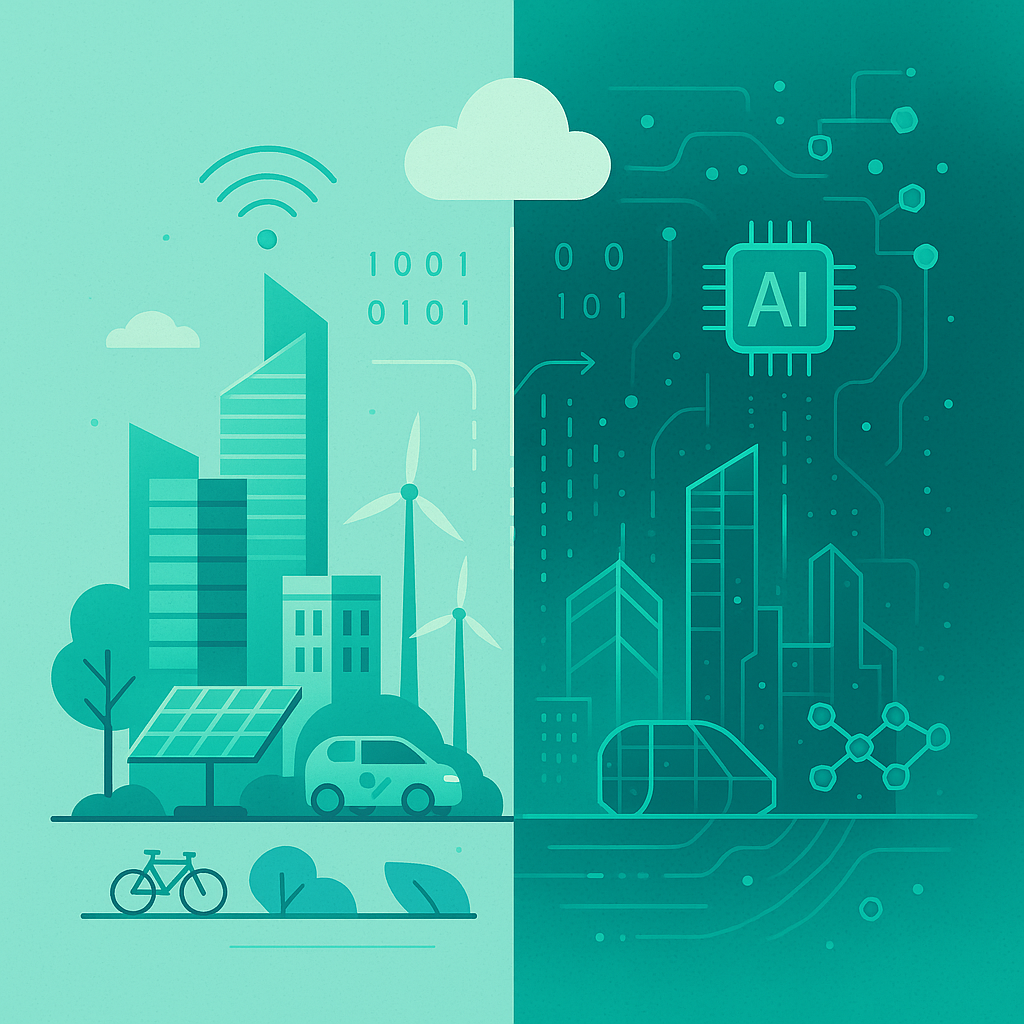What is Lean UX?
In the dynamic world of digital product development, creating a user experience (UX) that resonates with users and fosters engagement is crucial. This is where Lean UX comes into play.

This optimized approach aligns UX design with agile development practices to foster collaboration, speed, and user-centered innovation.
Understanding Lean UX
Lean UX integrates principles from Lean Startup and agile methodologies to create a more iterative and collaborative design process within design teams. It focuses primarily on delivering value to users quickly by minimizing waste and emphasizing learning and continuous improvement.
Its Fundamental Principles Are:
Collaborative Design
Lean UX encourages cross-functional teamwork, bringing together designers, developers, product managers, and other stakeholders. This collaborative environment ensures diverse perspectives are considered, leading to more innovative and user-centered solutions.
Rapid Prototyping
Instead of spending a lot of time creating detailed wireframes and specifications, Lean UX advocates for the creation of quick, low-fidelity prototypes. These prototypes can be tested and iterated on rapidly, allowing teams to gather user feedback early and often.
Frequent User Feedback
User feedback is at the core of Lean UX. By continuously testing prototypes with real users, teams can validate assumptions, identify pain points, and refine designs based on actual user behavior and preferences.
Minimum Viable Product (MVP)
Lean UX adopts the concept of MVP, which involves developing the simplest version of a product that can still deliver value to users. This approach allows teams to launch quickly, learn from user interactions, and iteratively improve the product based on insights gained.
Hypothesis-Driven Design
Lean UX relies on formulating hypotheses about user needs and behaviors, which are tested through experiments. This scientific approach ensures that design decisions are based on evidence rather than assumptions, leading to more effective and user-centered solutions.
The Lean UX Process
The Lean UX process can be broken down into several key stages:
Problem Definition
Clearly articulate the problem you are trying to solve, ensuring alignment with business goals and user needs. This stage is crucial for establishing a solid foundation upon which to build effective solutions.
Hypothesis Formation
Develop hypotheses about possible solutions, user behaviors, and desired outcomes. These hypotheses will guide the design and experimentation process, allowing teams to focus on the most promising areas.
Rapid Prototyping and Testing
Create low-fidelity prototypes to test your hypotheses with real users. Gather feedback and iterate quickly to refine your designs. This continuous cycle of testing and adjustment is crucial to ensuring that the final product meets actual user needs.
Iterative Development
Collaborate with development teams to implement the most promising solutions. Continue testing and refining the product based on user feedback and performance metrics. This close collaboration between designers and developers is essential to maintaining the agility of the process.
Continuous Learning
Embrace a culture of continuous learning and improvement. Regularly review and analyze user feedback and product performance to inform future design iterations. This approach ensures that the product constantly evolves to meet changing market and user demands.
Benefits of Lean UX
Lean UX offers numerous benefits for product development teams and organizations:
Speed
By minimizing documentation and focusing on rapid prototyping, Lean UX enables teams to move quickly and deliver value to users more agilely. This speed is crucial in a dynamic market environment where conditions can change rapidly.
Flexibility
The iterative nature of Lean UX allows teams to adapt to changing user needs and market conditions, ensuring that the product remains relevant and competitive. This flexibility is especially important in industries where innovation and responsiveness are key to success.
User-Centered Design
Frequent user testing and feedback ensure that the product is designed with the user in mind, leading to greater user satisfaction and engagement. This user-centered approach not only enhances the end-user experience but can also lead to higher customer loyalty and retention.
Collaboration
Lean UX fosters a collaborative culture, breaking down silos and promoting cross-functional teamwork. This collaboration not only improves the quality of the final product but can also enhance team morale and operational efficiency.
Challenges of Implementing Lean UX
Despite its many benefits, implementing Lean UX can also present certain challenges:
Cultural Change
Adopting Lean UX often requires significant cultural change within an organization. Companies accustomed to traditional methods may find it challenging to embrace a more agile and collaborative approach. It is crucial to have support from top management and to foster an open-minded attitude towards change among all team members.
Balance Between Speed and Quality
While Lean UX emphasizes speed, it is important not to compromise the quality of design and development. Finding the right balance between moving quickly and maintaining high-quality standards can be challenging but is essential for long-term success.
Cross-Functional Coordination
Effective collaboration between cross-functional teams can be difficult to achieve, especially in large or geographically distributed organizations. It is essential to establish clear communication channels and foster a culture of collaboration and mutual respect.
Tools and Techniques for Lean UX
Implementing Lean UX effectively also involves using various tools and techniques that can facilitate the process:
Prototyping Tools
Using prototyping tools like Sketch, Figma, or Adobe XD can help create low-fidelity prototypes quickly. These tools allow designers to iterate and experiment with different ideas without spending too much time on unnecessary details.
User Testing Platforms
User testing platforms like UserTesting, UsabilityHub, or Lookback can facilitate the collection of feedback from real users quickly and efficiently. These platforms allow teams to gain valuable insights into the user experience and make necessary design adjustments.
Collaboration Tools
Collaboration tools like Slack, Trello, or Asana can improve communication and coordination among cross-functional teams. These platforms facilitate project management and ensure that all team members are aligned and working towards the same goals.
Lean UX in Practice
To illustrate how Lean UX can be applied in practice, consider a hypothetical case of a tech startup developing a new mobile app:
Problem Definition: The startup identifies that many users have difficulty finding local events that match their interests. Hypothesis Formation: They hypothesize that a mobile app recommending events based on user preferences can solve this problem. Rapid Prototyping and Testing: They create low-fidelity prototypes of the app and test them with a small group of users to validate the hypothesis. Iterative Development: Based on the feedback, they make adjustments to the design and implement new features. This process is repeated several times. Continuous Learning: The startup regularly reviews usage data and user feedback to continue improving the app.
Take Your Business to the Next Level with 2Brains
Are you ready to transform your product development process with Lean UX? At 2Brains, we specialize in creating agile and user-centered solutions capable of driving organizational success.
Fill out our form to discover how we can help you achieve your goals and deliver exceptional user experiences.
With Lean UX, your company can move faster, better adapt to market needs, and offer products that truly resonate with users. Contact us today and start your journey to success with 2Brains!


